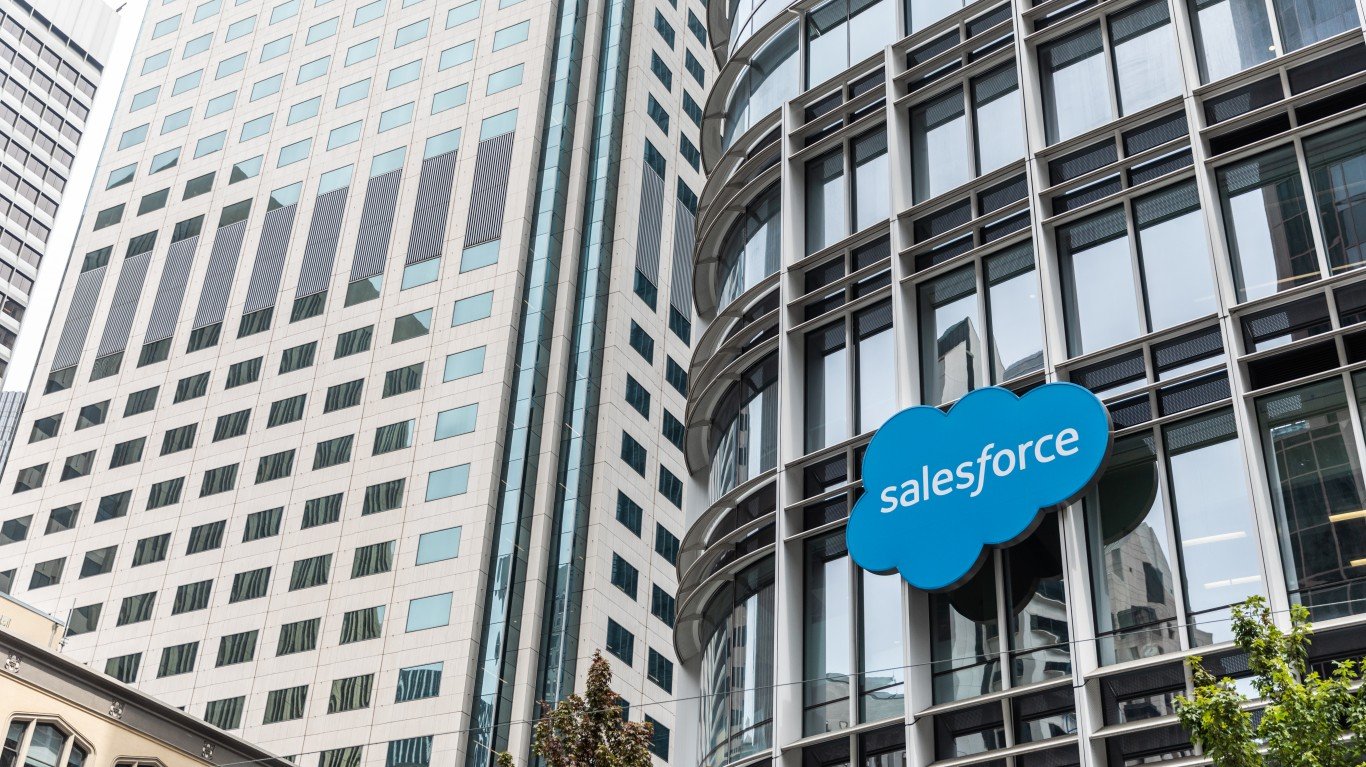Wayfair Shareholders Have Every Right to Be Concerned After Its Losses
October 31, 2019 by Jon C. OggHaving revenue growth of more than 35% is above and beyond the norm. It’s also a number that would attract many growth investors if it was in a vacuum. In the actual world, sometimes 35% growth comes at too large a cost. This is the case of the online direct-to-consumer furniture and home decor player Wayfair Inc. (NYSE: W). Investors saw double-digit percentage declines on Thursday after Wayfair turned in its earnings report showing wider losses than expected.
Wayfair’s adjusted loss came to $2.23 per share, wider than the expected −$2.10 per share from the Refinitiv consensus estimates. As for all the growth, Wayfair’s result was −$1.28 per share in the same quarter a year ago, and despite having been public for nearly five years the online seller is still nowhere close to being profitable.
The company’s actual revenue growth was 35.9%. That’s a gain of more than $607 million to more than $2.3 billion. The consensus estimate was calling for $2.27 billion in revenues.
To add insult to injury here in a hyper-growth story gone awry, Wayfair’s fourth-quarter revenue guidance came in a range of $2.48 billion to $2.52 billion. The consensus estimate was $2.67 billion.
Wayfair’s quarterly highlights all sounded impressive on the surface. Among more than a dozen data points, there were some metrics that sound rather impressive when compared to the same quarter a year earlier. Its number of active direct retail customers was 19.1 million, up 37.6% from a year ago. Trailing net revenue per active customer was up 1.4% to $449, and the orders per customer rose to 1.85 in the third quarter from 1.84 a year earlier. And its repeat customers placed 67.3% of total orders, up from 66.3% a year earlier, with repeat customers having placed 6.1 million orders (up over 33%) in the third quarter. Wayfair’s average order value rose to $252 (from $244) in the quarter and its mobile order penetration rose to 53.8% of total orders delivered (from 49.4%).
Wayfair CEO and co-founder Niraj Shah tried to sound upbeat about the situation:
We could not be more confident in the future growth of the business. Our business continues to benefit from meaningful long term investments that directly and dramatically impact the customer experience further propelled by a massive structural shift in shopping behavior from offline to online. … we have continued to expand our logistics network to meet a high level of customer demand in both North America and Europe. … We are excited for the upcoming holiday season, and expect to continue to disrupt the current retail landscape through innovative solutions to traditional customer pain points as we solidify Wayfair’s position as the best place to shop across all home-related categories.
Again, the growth side of all these numbers sound more than impressive on the surface, when it is hard to find many companies still in hyper-growth mode that have been public for five years or more. In the real world, there is a reason shareholders have a right to be worried even as the stock is down over 50% from its 52-week high. Many so-called unicorn-IPO candidates and recent IPOs have performed horribly because they are losing money at a furious pace and have limited to no real expectations of posting actual profits anytime soon. It’s easy to make the case that the only real difference here is that Wayfair is already public.
Wayfair has been a public company since late 2014, and it is nowhere close to profitability. Refinitiv’s consensus annual estimates call for earnings to be −$6.62 per share in 2019 and −$6.14 per share in 2020. The consensus revenue growth is about 36% to $9.23 billion in 2019 and almost 30% growth to almost $12 billion in 2020. Its loss was $4.09 per share in 2018. As revenues are in hyper-growth, its losses are not compressing to the point of profitability. The company can claim that it is investing aggressively all day long, but what happens if the global economy continues slowing and if the United States actually gets closer to a recession that the media was improperly or prematurely calling for?
The S&P 500 just hit an all-time high this week, and the index was up over 20% year to date. Wayfair’s 16.6% drop to $84.30 is against a 52-week range of $76.60 to $173.72, after peaking in February of this year.
Wayfair wants to outgrow Amazon in the world of furniture and home decor, but the company doesn’t have high-end organic and natural grocery stores, millions of annual paid subscriptions and one of the two most widely recognized cloud hosting operations to offset all the losses. A drop of more than 50% at this point from the peak in 2019 sounds bad enough, but hyper revenue growth and no calls for profitability any time soon is just a hard pill for investors to keep swallowing.
If Wayfair wants to entice more shareholders into buying into its long-term opportunity, the company is going to have to raise prices or figure out a way to cut its operating costs drastically.
 24/7 Wall St.
24/7 Wall St.